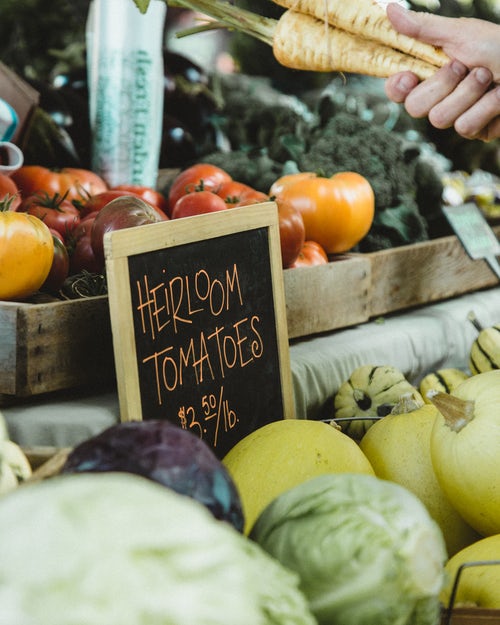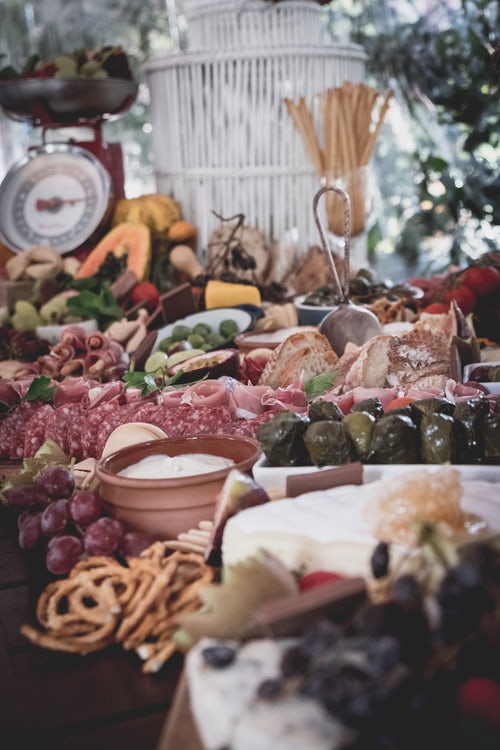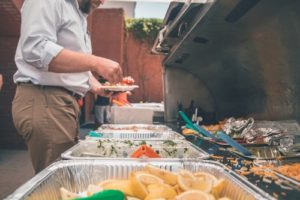They came to me through the mail. A surprise present from a precious friend for my BIG birthday this year. I hadn’t put in a request for them. They hadn’t even been on my radar as a possible present.
But they were perfect! And I cried when I opened the box and saw them.
Beads. Beautiful beads handmade into a special loop.
Prayer beads.
I do admit to an initial concern, since I try to avoid anything that resembles rote, repetitive prayer. Unless it’s the “Lord’s prayer” Jesus taught the disciples in the Gospel of Matthew, chapter 6, verses 9-13.
But then I read through the accompanying explanation pamphlet, which offered suggestions on how to use the beads to pray.
The beads actually start with the Cross, which reminds us of Christ’s act of salvation for us.
The next bead up from the cross has been called the Invitatory Bead, which can be used as a call to worship. Reciting the Lord’s Prayer is a suggested prayer to call you to worship God.
Then comes the Resurrection Bead that reminds us that Christ has conquered death. For believers, we rejoice in the Resurrection that gives us eternal life.
Then the 4 Cruciform Beads that form the shape of the cross. The number 4 is a reminder of the four Gospels.
The seven little beads between each cruciform beads are called “Week Beads” (the number 7 representing spiritual perfection) that can also remind us of the 7 days of Creation.
The total number of beads, 33, reminds us of the years Christ lived on earth.
Now back to the cruciform beads—
The first thing that struck me in the instructions was the order the cruciform beads take you through when praying.
And praying that way has had a profound effect on my prayer life.
It’s suggested that the first cruciform bead above the Resurrection Bead be used to acknowledge God. Who He is, how He loves, what He’s done for us.
The next cruciform bead, as you move counter-clockwise around the beads, is where you Confess your sins and ask for forgiveness.
The third cruciform bead is the bead of Thanksgiving.
The final cruciform bead is the Intercessory Bead or where you offer up your prayer requests.
If you want to return to the first cruciform bead, you can once again thank God for Who He is.
Did you notice the order?
I found it a bit unsettling to my heart and brain the first time I stumbled through praying with the beads.
But then the light bulb in my head went on: how focused and right it seemed to pray that way!
To spend the initial time identifying with the cross of my Savior—the beautiful and somber identity marker of love, forgiveness, sacrifice and hope. What started out as unnatural quickly became comfortable.
Then I moved to praying the Lord’s Prayer at the Invitation Bead.
And then on to the Resurrection Bead. And as I prayed this way, something rather miraculous happened.
I slowed down and focused on the Lord—who He is, what He means to me, and what He means to the body of Christ—the “our” and “us” so often repeated in the Lord’s Prayer. A reminder that although this praying is personal it’s also corporate. I am part of a great body of believers stretching back a couple of thousand years. I am not alone in my faith, or in my relationship with the Father, Son, and Holy Spirit.
And then, instead of rushing on to my prayer requests and thank you’s, I had to focus on my faults. Those nasty transgressions that put a rift in my relationship with God, that stifle my spiritual health.
It struck me how those confessions came before the thank you and prayer request beads. And how important it is that I don’t skip this “step” before moving on.
It’s humbling. And freeing. To get it all out in the open, laid out and taken care of. So I can move forward.
Forgiven.
When I did move forward, I felt free and unencumbered to really thank God for all of His marvelous blessings, big and small! After the somber aura surrounding my heart and soul during the confession stage, the aura disappeared to be replaced by unearthly, saturating joy at the thanksgiving bead!
And then my heart was truly ready to put in my requests. After the preceding prayers, the conduit between the Lord and me seemed to be open and flowing. Joyful. Rejoicing.
Supremely blessed and fulfilled.
Residual blessings—
When the praying is over, I’ve found I’m more in tune to the Spirit and His leading throughout the day.
Those beads came with me on the Camino, carried in my backpack’s hip pocket and into every church we visited. They helped keep me centered and focused, grateful and awed as we traversed country boasting centuries of Christian faithfulness.
Required form?
Do you have to pray this way?
No.
The only “set” way Jesus gave as an example for prayer is in the prayer He taught the disciples to pray. But the Lord’s Prayer gives a template that sets the form for praying with the beads.
- He wanted us to acknowledge God, who He is and His position in the Universe, and His position with us, His children.
- He wanted us to recognize that it is God’s will that should drive our lives and decisions.
- He wanted us to recognize the source of our daily physical sustenance and spiritual infusion, and seek it daily.
- He wanted us to ask forgiveness for our trespasses, in accordance to the way we forgive others’ theirs.
- And then he tells us evil exists and we need protection from it.
Using the prayer bead format to prepare your heart for Thanksgiving—
I think most, if not all of us, want to demonstrate grateful hearts on Thanksgiving Day, the ONE day a year set aside for it. Most of us are at least a little tuned into the meaning of the day rather than just on the feast and the shopping. (I do hope I’m right one that point!)
So how can we best prepare our hearts to give thanks? I’m talking about deeply felt thanks that moves your spirit to joy, and not just coming up with a quick list of things you’re grateful for.
Praying them, as the gratitude research indicates, is so life changing.
Don’t have prayer beads? No problem!
Even without your own prayer beads, you can do this. To get yourself focused and have something to follow, you may want to write down the order and take it into your “prayer room” with you.
Breathe deeply to normalize your breathing and settle your mind. When you’re engaged in purposeful, directed prayer, I find you’re far less likely to find your mind wandering. Always a bonus! And you’re also more open to the Spirit’s lead as He guides your thoughts in directions and to events and people you might not have had on your planned “prayer list.”
So well before the family and friends gather on Thursday, and you’re in crush-mode in the kitchen, I invite you to retreat to a quiet place—inside or out—with your prayer beads or prayer outline and be quieted, humbled, inspired and fulfilled!
In tune with your God.
More thankful in all ways and with all things and ready for your heart and soul to overflow with that thankfulness.
Let me know about your experience.
I will be praying that you have a joyful week, overflowing with gratefulness and Thanksgiving!
NEXT MONDAY we’ll head back to our regular gratitude posts.
Andrea
May you prosper in all things and be in health, just as your soul prospers (3 John 2).



